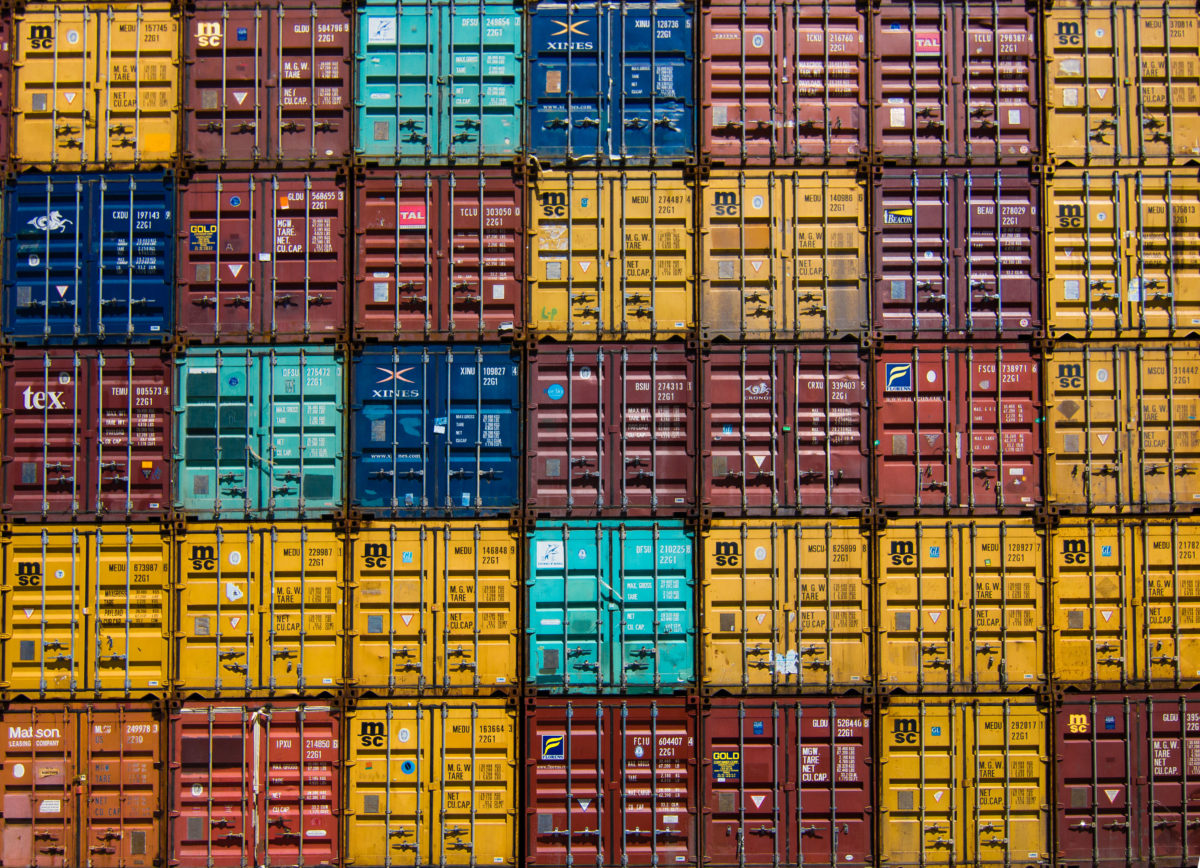After months of detaining solar panel shipments from major suppliers based in China, U.S. Customs and Border Protection has released large quantities of solar components to the market, according to a Reuters report. The detainments stem from enforcement of the Uyghur Forced Labor Prevention Act (UFLPA), which was implemented in June 2022 by the Biden Administration.
The UFLPA places a “rebuttable presumption” that goods from the Xinjiang region of China, home to roughly 50% of the global polysilicon supply chain, are made using forced labor. The act places the burden of proof on buyers to show that the imported goods have no connection to forced labor whatsoever. China has denied allegations of using forced labor of Uyghurs, a Muslim minority group, at its work camps in the region.
“There’s clearer guidance out, and we’re seeing more shipments coming through,” said John Podesta, a senior clean energy advisor to President Joe Biden, speaking at the CERAWeek energy conference in Houston.
The Energy Information Administration said about 20% of utility-scale solar projects, sized 1 MW and larger, were delayed in the first half of 2022, largely due to module supply shortages related to the investigation, as well as to COVID-19 slowdowns and goods seizures from UFLPA.
Reuters shared that more than 900 MW of Trina Solar panels have cleared customs in the last four months, and less than 1% of the company’s shipped products were detained for examination.
“Trina’s data systems and supply chain management allow us to provide detailed traceability documentation, upon request by U.S. Customs,” Melissa Cavanagh, a spokesperson for Trina Solar, told Reuters in an emailed statement. “This has significantly reduced delays at the ports.”
As of October 2022, over 1,000 shipments had been blocked from entering the U.S. market, primarily consisting of Trina, Jinko, and Longi solar panels. In response to public records request last month, U.S. Customs said it released more than a quarter of the 1,433 electronics shipments it had detained under UFLPA, but it would not specify how many of those were solar products.
“Companies are aggressively shifting their supply chains, helping to ensure that solar installed in the U.S. is ethically sourced and has no connection to forced labor,” said Solar Energy Industries Association (SEIA) chief executive officer Abigail Ross Hopper in a March 9 note. “While the solar and storage industry acts swiftly on supply chains and building a stronger domestic manufacturing base, ongoing threats of steep tariffs are holding back the potential of the historic Inflation Reduction Act.”
A steady supply of solar components will be needed to build out the U.S. energy transition. Based on different policy assumptions, SEIA projects a difference of 40 GW between low-case and high-case scenarios for deployment through the next ten years. SEIA projects that U.S. solar capacity could expand from 141 GW today to well over 700 GW in 2033. Projections for 2023 and 2024 show a broad market recovery, with growth across all sectors averaging 19% per year until 2027.
“While 2022 was a tough year for the solar industry, we do expect some of the supply chain issues to ease, propelling 2023 growth to 41%,” said Michelle Davis, principal analyst at Wood Mackenzie. “With major uncertainties ahead of the industry, our high- and low-case scenarios can help the industry benchmark potential outcomes. In each scenario, there is roughly 20 GW of upside or downside risk over the next five years — the same amount of capacity installed last year.”
This content is protected by copyright and may not be reused. If you want to cooperate with us and would like to reuse some of our content, please contact: editors@pv-magazine.com.









By submitting this form you agree to pv magazine using your data for the purposes of publishing your comment.
Your personal data will only be disclosed or otherwise transmitted to third parties for the purposes of spam filtering or if this is necessary for technical maintenance of the website. Any other transfer to third parties will not take place unless this is justified on the basis of applicable data protection regulations or if pv magazine is legally obliged to do so.
You may revoke this consent at any time with effect for the future, in which case your personal data will be deleted immediately. Otherwise, your data will be deleted if pv magazine has processed your request or the purpose of data storage is fulfilled.
Further information on data privacy can be found in our Data Protection Policy.